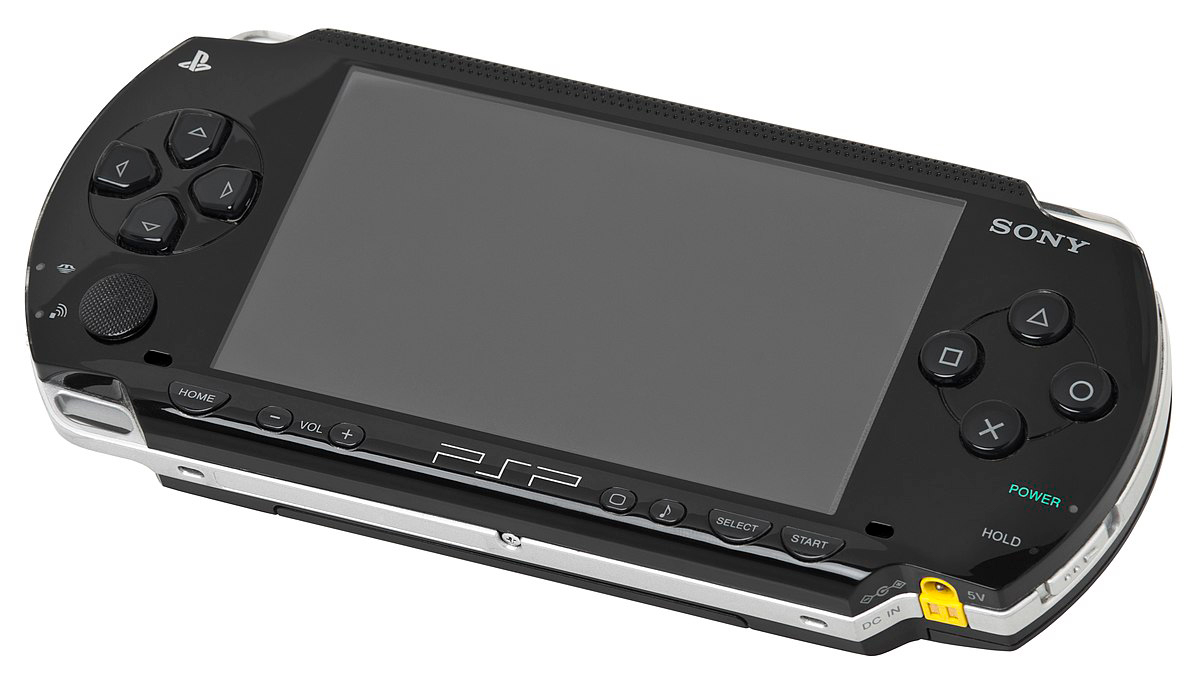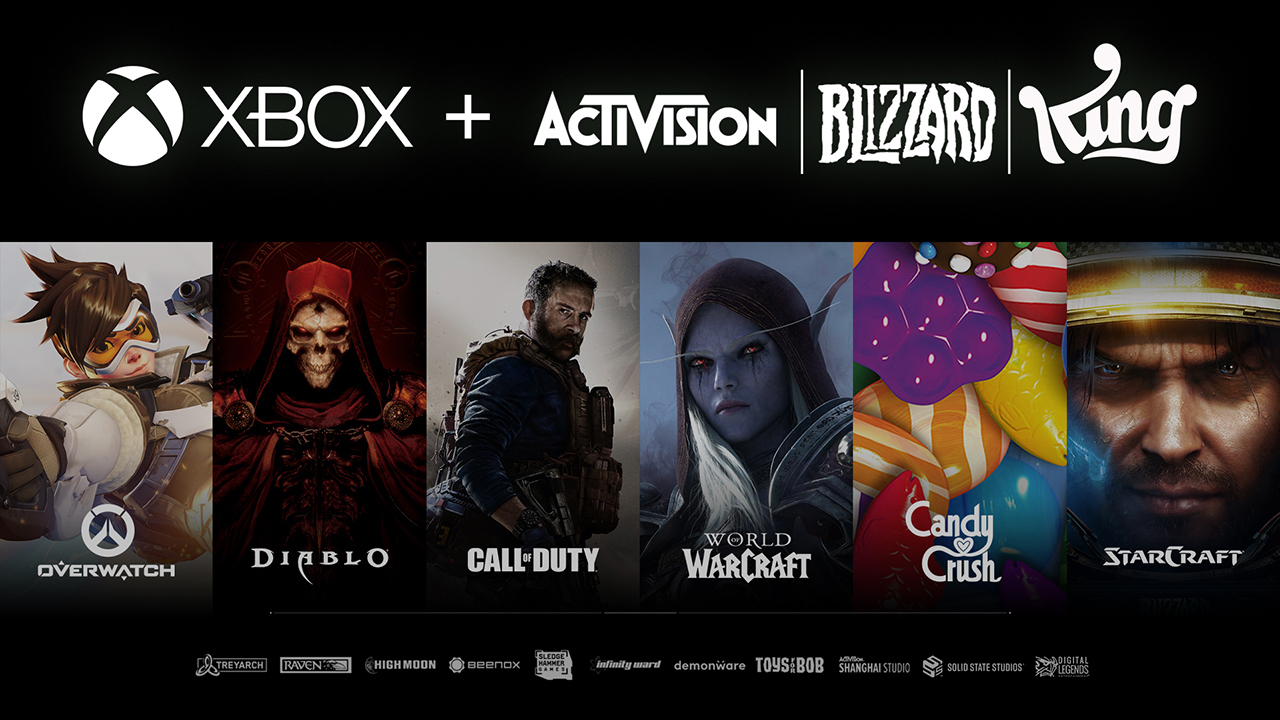We had the opportunity to interview Shawn Layden during Gamescom Asia 2024, where the former PlayStation Worldwide Studios chairman shared candid insights about the gaming industry’s current challenges and its future trajectory. With 32 years at Sony Corporation, including 23 years with the PlayStation group, Layden’s perspective offers a unique window into the evolution of gaming.

The Rising Costs of AAA Development
One of the most pressing concerns Layden highlighted was the skyrocketing cost of AAA game development. “In my world, console gaming, a AAA game is easily triple-digit millions of dollars, 100 million, 150 million, 200 million,” he explained. This dramatic increase in production costs has led to a risk-averse market where publishers favor sequels and familiar concepts over innovation. “When the cost of game production reaches a number that large, naturally publishers and developers have a reduced tolerance for risk,” Layden emphasized.

Layden painted a picture of the industry’s economic challenges by comparing different eras. “When I began in this business back in the PlayStation 1 era, you could make a really big game for 4,5,6,7 million dollars,” he recalled. “Now fast forward to the year 2024 to make that same blockbuster game that sells 10 to 15 million or 20 million units… it’s gonna cost you 150 million dollars before marketing. And yet at the store you can only charge $59.99 plus tax.”
Platform Exclusivity and PC Strategy
Regarding platform exclusivity, Shawn Layden offered interesting insights into PlayStation’s strategy of releasing games on PC, an initiative he helped start during his tenure. “If you want new customers, you have to go where they are. They’re not gonna come where you live,” he explained. On the challenges of exclusivity, he noted, “Traditionally that’s been true, right? That’s why you don’t see Mario anywhere else. And that’s why you don’t see Kratos in God of War anywhere else.”
However, he added, “The challenge with exclusivity is the economics around it… by being exclusive, you know, the answer is in the name. It prevents it from showing up elsewhere, which means it prevents it from reaching out to a wider audience.” The PC strategy wasn’t primarily about revenue: “not necessarily for the money, because there’s not a whole lot of money doing that anyway. But it was that if these PC players are never going to get a console for whatever reason… I wanted to give them a chance to see what a PlayStation game looks like.”
The Future of Indie Gaming
When discussing the indie game scene, Layden expressed optimism about its future. “Today’s indie game community, the average level of capability in game development has risen quite to a very good degree across games,” he observed. “There are really no bad games coming out anymore. There may be games with bad design or games with bad characters or games that just weren’t fun, but there’s no technical issues to say anymore.”

He credited development tools for this improvement: “So the standard of capability, a lot of it thanks to folks at Unity and Unreal to make that available.” On indie developers working together, he suggested: “Maybe indie working together in different kinds of confederations, right? Because one indie alone sometimes struggles to find an audience. But if you get a few together, you can become a bigger purpose, get a bigger marketing push behind it, and solve a lot of the problems which come through discovery. You drop your game to the steam store. Good luck if anyone is gonna find it.”
Reflections on PlayStation Portable Gaming
Shawn Layden shared insights about past PlayStation platforms, including the PSP and PS Vita. “PSP was great. I remember that came out. It was a surprise. I was in London and we found out the R&D guys had come up with this portable idea using the UMD, which is a stylized version of mini disk technology for the medium. It was great. Price point was good.”

However, he noted its limitations: “The one thing that was the complaint about PSP was it didn’t have a right stick. It only had a left stick. And we were like, Jeez, just give us one more stick.” Regarding the Vita, he explained, “Vita solve for that problem. But Vita also introduced like this back touch control, which was difficult… The oled screen was beautiful, but of course, it adds the cost of goods to have that kind of a screen technology… From a game design, part of the idea was with Vita, we could make the living room experience in a handheld, which sounds like good ambition and sounds like a definitely good marketing slogan. In my view, anyway, the problem is people on a handheld don’t necessarily want their living room experience in their hand.”
Industry Consolidation Concerns
In addition, the former PlayStation executive expressed concern about industry consolidation: “There’s been a lot of consolidation around larger publishers. The most recent move, of course, is $70 billion to bring Activision, Blizzard, King into Microsoft’s orbit. As these groups begin to consolidate more, I think that also squeezes creativity out of the industry.”

Shawn Layden warned about management challenges: “You have them all in the same umbrella, all in the same management stack. So they’ll all start to make similar decisions on the games that they make because that’s the way the holding company wants them to be.” Using Embracer Group as an example, he noted: “We saw the extreme example with that Embracer Group in Scandinavia, who brought in a whole bunch of studios and then realised, Jee, it’s really hard to manage 60 studios. Of course it is. It’s unnatural.”
Quality vs. Quantity in Gaming
Addressing the relationship between playtime and value, Shawn Layden challenged traditional metrics: “I built a lot of games that were 40,50,80 hours of gameplay. And I’ll be honest, they’re not all quality hours. Some of those hours are driving across the desert to go get the Red Rock to open up the blue door. If we didn’t have that bid in it, it wouldn’t change the scope of the game.” He continued, “I look at something like Red Dead Redemption 2, I wanna play that game, but I can’t find 80 hours to do that.”

He noted the demographic shift: “Back when I started, the average age of the game players were like between the ages of 18 and 22… Now the average age of the gamer is anywhere from early 30s, like 32,34. These are people in the opposite situation. They have more money, but they have less time.” His vision for the future: “I hope for a future where we can get a good 20 hours of gameplay, 18 to 20. But it’s so exciting, I can’t put the controller down… because every minute is so packed with excitement, with the storytelling, with adventure that I can’t walk away from it.”










![[gamescom asia 2024] EXCLUSIVE: Former PlayStation Chairman Shawn Layden Speaks About Modern Gaming’s Biggest Challenge](https://cdn.gamerbraves.com/2024/10/Shawn-Layden_Interview_FI-360x180.jpg)
![[gamescom asia 2024] Evolving the Hunt: Ryozo Tsujimoto Discusses Monster Hunter Wilds’ Immersive World and Gameplay Innovations](https://cdn.gamerbraves.com/2024/10/Monster-Hunter-Wilds-gamescom-asia-2024_Interview_FI-360x180.jpg)
![[gamescom asia 2024] Takayuki Nakayama and Shuhei Matsumoto Share the Future and Evolution of Street Fighter 6](https://cdn.gamerbraves.com/2024/10/Street-Fighter-6-gamescom-asia_Interview_FI-360x180.jpg)
![[TGS24] Kazutaka Kodaka Shares His Ambitions on The Hundred Line -Last Defense Academy-](https://cdn.gamerbraves.com/2024/10/Kodaka-TGS_Interview_FI-360x180.jpg)
![[LEVEL UP KL] EXCLUSIVE: Navigating the New Normal: Justin Berenbaum on Game Funding](https://cdn.gamerbraves.com/2024/10/Xsolla_Interview_FI-360x180.jpg)
![[LEVEL UP KL] EXCLUSIVE: Hajime Tabata Unveils Vision for Malaysian Gaming at LEVEL UP KL](https://cdn.gamerbraves.com/2024/10/Hajime-Tabata_Interview_FI-360x180.jpg)
![[IGDX 2024] AGI President Shafiq Husein Outlines Vision of Indonesia’s Gaming Revolution](https://cdn.gamerbraves.com/2024/10/Shafiq-Husein_Interview_FI-360x180.jpg)

![[LEVEL UP PLAY 24] EXCLUSIVE: Anisong Sensation Nami Tamaki Shares How the Gundam SEED Series Opened Her Music Career](https://cdn.gamerbraves.com/2024/10/Nami-Tamaki_Interview_FI-3-360x180.jpg)
![[gamescom asia 2024] EXCLUSIVE: Former PlayStation Chairman Shawn Layden Speaks About Modern Gaming’s Biggest Challenge](https://cdn.gamerbraves.com/2024/10/Shawn-Layden_Interview_FI-750x392.jpg)



![[gamescom asia 2024] From Stealth to Souls-like: 5 Indie Gems Discovered at gamescom asia 2024](https://cdn.gamerbraves.com/2024/10/Indie-Games-gamescom-asia_Feature_FI-75x75.jpg)




